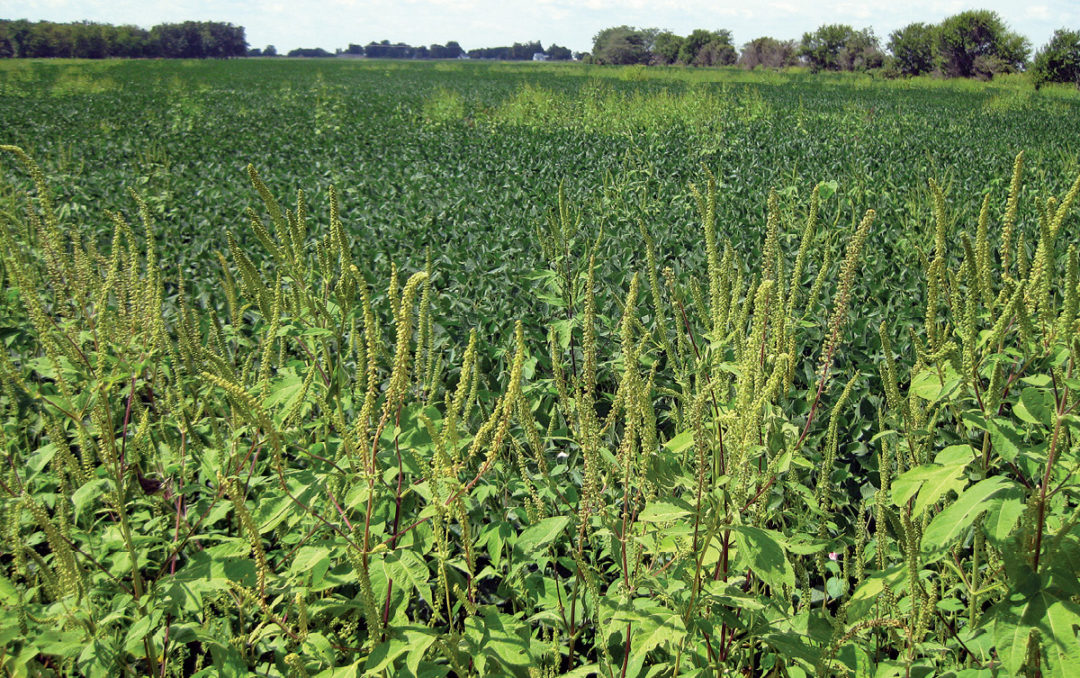No-Till Farmer
Get full access NOW to the most comprehensive, powerful and easy-to-use online resource for no-tillage practices. Just one good idea will pay for your subscription hundreds of times over.

With hundreds of no-tillers looking on, Bryan Young showed no-tillers last winter some PowerPoint slides that spelled out a troubling end game: In state after state, glyphosate-resistant weeds have been winning the battle for crop acres.
Just as troubling is the fact there isn’t another herbicide coming down the pike that will be as effective as glyphosate ever was, the Southern Illinois University weed specialist told no-tillers at last year’s National No-Tillage Conference.
For no-tillers to continue farming in a sustainable manner, they must diversify their weed-control programs and reduce their reliance on post-emergence applications of glyphosate, Young says.
The good news is that no-tillers can still preserve the effectiveness of glyphosate, atrazine, 2,4-D and other crucial herbicides by adding something extra to their spray tanks before starting their burndown applications.
“The biggest complaint I hear from some of my conventional-tillage farmers is that they don’t want to make another herbicide pass right at planting just to apply a residual herbicide,” Young said during the 20th annual event in St. Louis, Mo. “But no-tillers can just add the residual herbicide to their burndown herbicide application.”
Since the mid-1990s, at least 21 varieties of glyphosate-resistant weeds have been identified in the U.S., and there are signs that longtime herbicides like 2,4-D could be at risk as well.

Looking back to the turn of the century, there wasn’t much evidence of glyphosate resistance in the north-central states, but from 2000 to 2005, the problems began to appear, especially in…